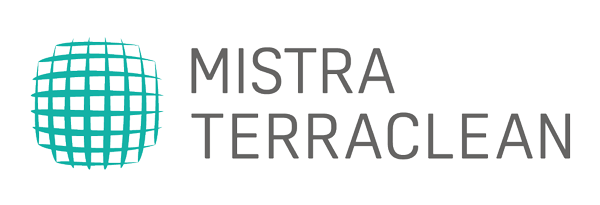Technoeconomy, scaling, integration and interactions are key elements in WP2. At the molecular level, interactions between absorbent materials and stimuli forms the corner stone of smart filter materials and sensor absorbents. At the device level, filter devices are provided with conduits for stimuli to access materials and enable smart operation. At the organizational level, work in task 2.3 on scaling and technoeconomy is to provide feedback and toll-gating to WP1, to interact with WP3 and WP4 tasks 4.3 and 4.4 to link industrial needs and regulatory processes with targets for the materials development.
Sensors and sensor materials have a central part in the smart filter materials concept. The concept of direct monitoring of absorbent state-of-health developed in phase I is to be further developed here. In addition, the ambition is to develop sensors where no practical available or commercial sensor solutions exist that meet the demands for detecting at low concentrations of regulatory limits and levels in typical water matrices. Due to the increased awareness of the PFAS problem, the low regulatory limits and extremely low concentrations in most relevant water matrices, and the absence of suitable PFAS sensor solutions, PFAS-sensor concepts are to be developed in WP2. Work on other sensor technologies for CSP needs is to be carried when suitable sensor technologies are unavailable.
WP2 Leader: Mats Sandberg, RISE
WP2 Deputy Leader: Aji Mathew, SU
